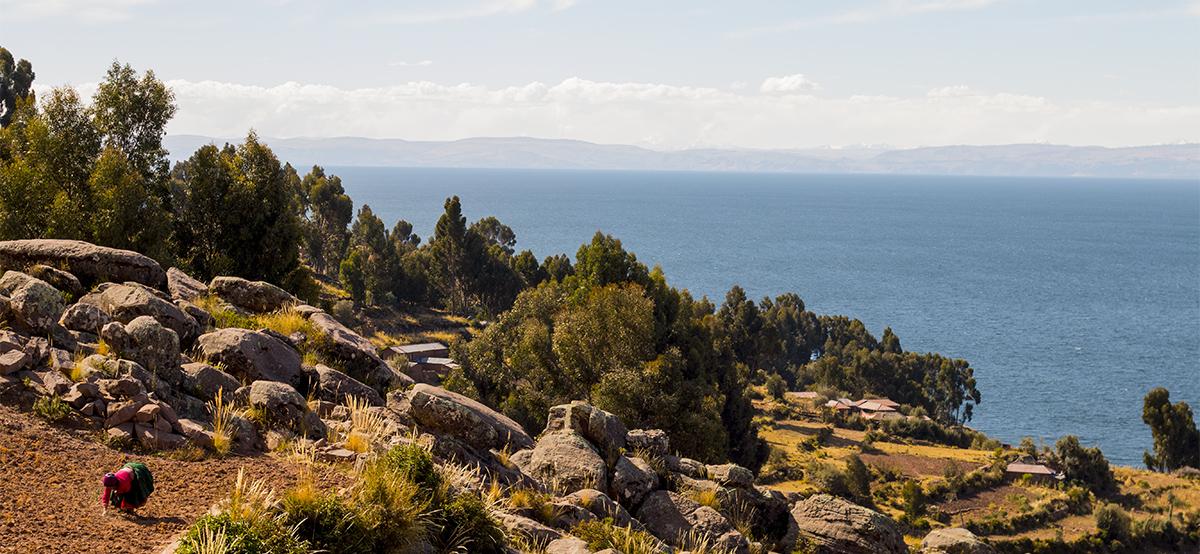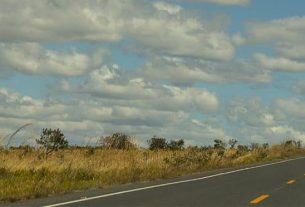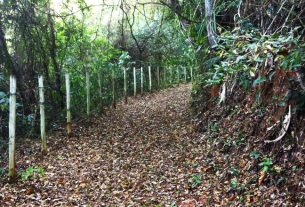We had been sailing through Titicaca for two hours when Taquile Island appeared on the horizon, along with snow-capped peaks that seemed to emerge from the lake after a swim. Located 45 kilometers from Puno, Peru, Taquile is home to around two thousand people. A community that lives in the middle of the largest lake in terms of water volume in South America. People who have their own rules, a very interesting dress code and who have become accustomed to living at an altitude of almost four thousand meters.
Tourism arrived there about three decades ago, more or less together with the discovery of the Uros Floating Islands. Most travelers who pass through this part of Peru visit both communities on the same day, on a tour from Puno offered by local travel agencies. It was no different for me, when I arrived, was out of breath as I faced the trail up the island, had lunch and spent a few hours in Taquile, and then returned to Puno. The tour costs around 30 dollars and includes lunch in Taquile and a stop in Uros.
See too: Peru, far beyond Machu Picchu
The charms of Andean cuisine
Are you going to travel? Travel Insurance is mandatory in dozens of countries and essential for any trip. Don’t be left unprotected in Peru. See how to get the best cost/benefit insurance with our discount code.
Taquile residents with typical clothes
Although my tour was incredible and one of the highlights of my trip through Peru, I wanted to go back and sleep at least one night in Taquile. Some residents have opened their homes to tourists – an overnight stay costs around 60 soles per person, with a kind of full board, or 25 soles just for accommodation. I visited the rooms at Casa Lorenzo Homestay, run by a friendly family of taquileños who also offer lunches to day trip travelers. The system is simple, but the covers are thick and the view is unforgettable.
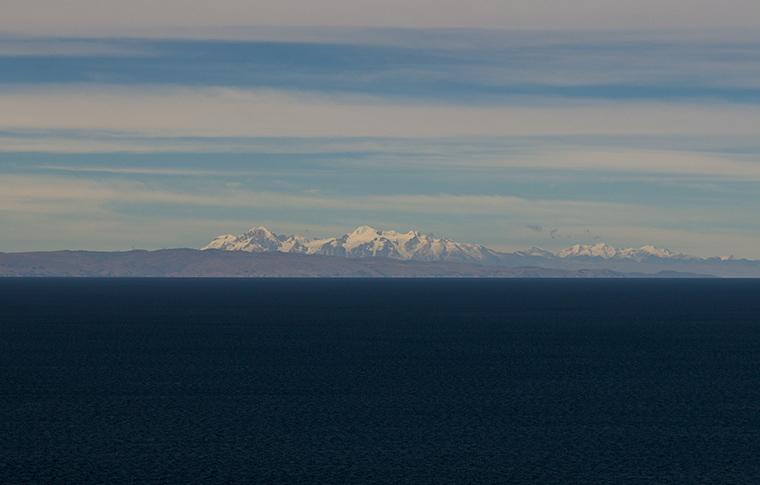
View of Lake Titicaca from Taquile
Taquile Island: visit and history
Despite being small, the island has a central square, a small market and is divided into six districts. We didn’t see any of this: to avoid the tourist route, our tour anchored on the other side of the island. We left the boat and started going up to the restaurant where we would have lunch. Along the way we saw some houses and inhabitants working on the potato plantation.
Soon a resident appeared, wearing a black hat. According to our guide, this type of hat is only used by the Taquile authorities – this man was responsible for collecting the island’s visitor tax, which everyone pays indirectly. The amount is passed to the agency, along with the payment for the tour, which is passed on to the taquileño responsible.
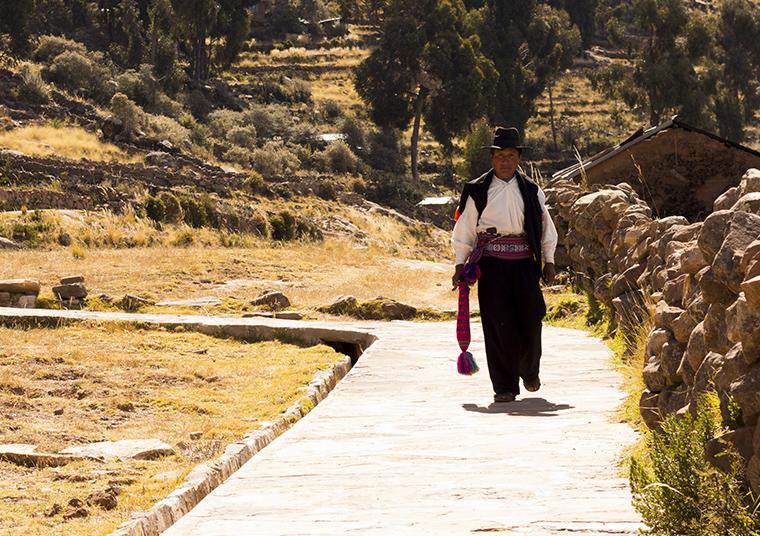
The climb is tiring due to altitude sickness, as the highest point on the island is 4050 meters. The residents and the guide, accustomed to the region, walk without difficulty. The landscape, including incredible blue skies and snow-capped peaks on the Bolivian side of Titicaca, helps.
See too: How to deal with altitude sickness
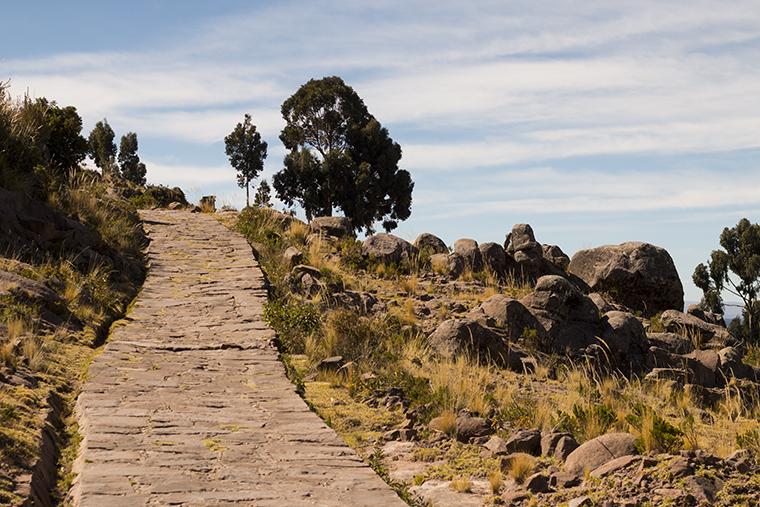
It is possible to know part of each resident’s life story according to the type of hat they wear. One-color hats are only worn by married men, while two-color hats – red and white, for example – are for singles. Furthermore, the position of the cap on his head indicates whether that single man is looking for a partner.
The hats are made by men, who learn the art from the age of eight. Women produce other items of clothing and everyone shares roles, such as cooking, harvesting potatoes or planting. Taquile weaving is one of the most valued in Peru and was declared Intangible Cultural Heritage of Humanity by UNESCO in 2008. Due to tourism, the production of clothing items increased and became part of the island’s economy.
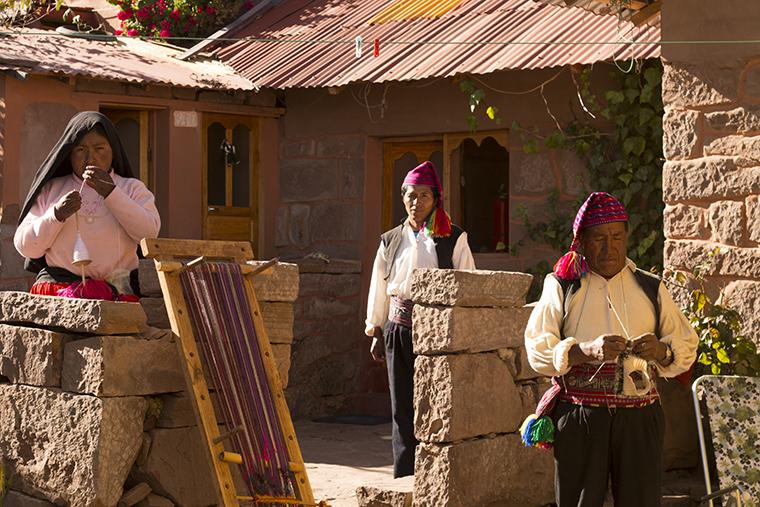
The local language is Quechua, spoken in the Andes since before the Incas and which was adopted as the official language of the empire. Today, Quechua (and its dialects) is spoken by around 10 million South Americans. Totally isolated from the rest of the country until the 1950s, a time when finding someone who spoke Spanish there was a complicated task, the island integrated into the country in recent years, but continues with its values.
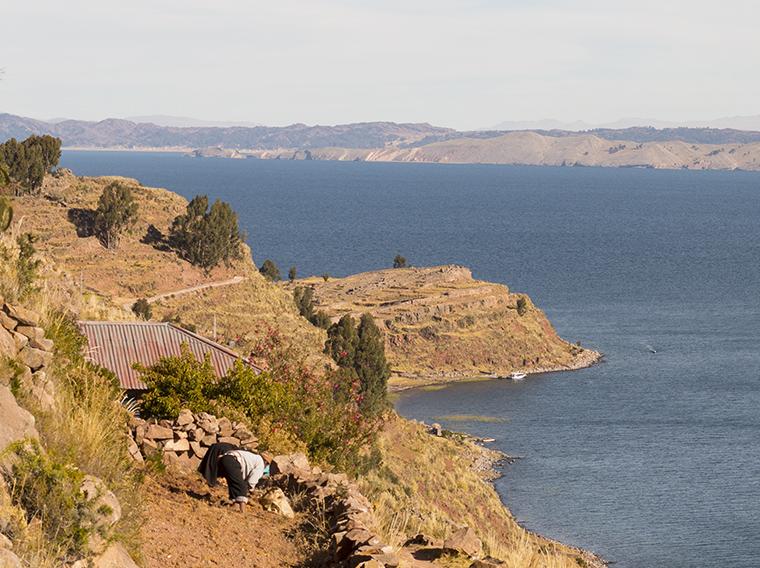
And some of them create problems for the community itself. According to the guide who accompanied us on the tour, 18% of the island’s residents have health problems due to a series of consanguineous marriages, as marriage with people from other islands or outside the community is not accepted. On the other hand, the safety of the island is a source of pride, after all, all the residents know each other.
We arrived at the restaurant, had lunch and then saw dance performances and some crafts carried out by the local community. Anyone who wants can buy handicrafts. After lunch, we went down the other side of the island, where the boat was waiting for us, and made the long way back to Puno.
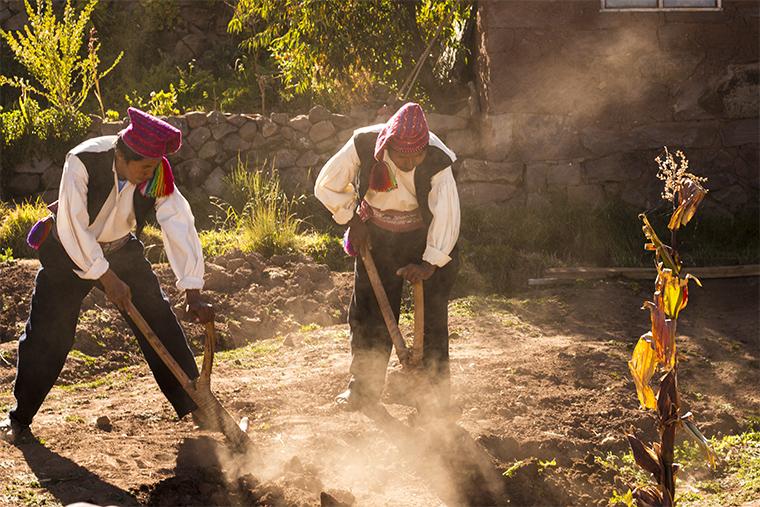
Taquile: how to get there
In addition to the agencies, which offer the trip to Taquile with or without an overnight stay, you can also get there on your own, taking one of the public boats that leave from the port of Puno. The ticket costs 30 soles and the boats leave early in the morning, between 7am and 8am, and return at 5am.
The journey on the slowest boats can take almost 3 hours each way, while fast boats cover the journey in half the time. The ticket on these boats, of course, costs more. Everyone makes a quick stop in Uros, 20 minutes from Puno, before heading to Taquile or Amantani, a neighboring island.
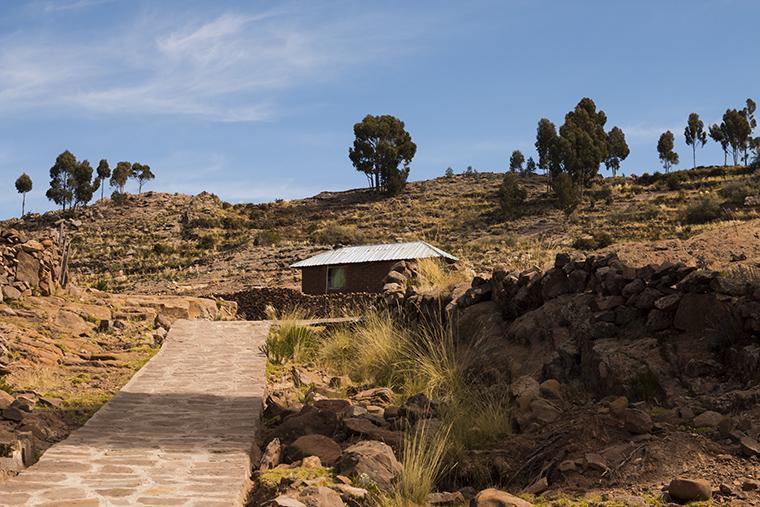
*360meridianos traveled to Peru at the invitation of Submarino Viagens and PromPerú.
Sign up for our newsletter

Sign up for our newsletter and stay up to date with exclusive news
that can transform your routine!
Warning: Undefined array key "title" in /home/storelat/public_html/wp-content/plugins/link-whisper-premium/templates/frontend/related-posts.php on line 12
Warning: Undefined array key "title_tag" in /home/storelat/public_html/wp-content/plugins/link-whisper-premium/templates/frontend/related-posts.php on line 13

